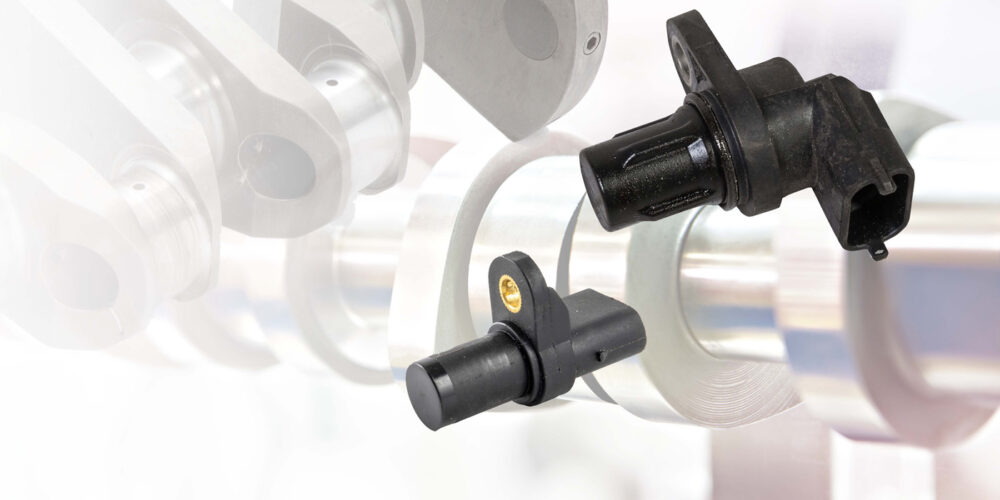Older vehicles with carburetors and distributors didn’t need to know the position of the crankshaft or the camshaft. Timing was fixed, and the timing could easily be set, as long as the technician could line up top-dead-center on cylinder No. 1 and line up the mark on the crankshaft pulley. But this was back before fuel injection was standard, and today’s engines are a lot more advanced than those older carbureted engines.
Today, the engine control unit (ECU) needs to monitor the exact position of the crankshaft and the camshaft (or camshafts) at all times. This is accomplished through the use of camshaft position sensors and crankshaft position sensors. The ECU uses the information from these sensors to adjust the timing of the valves, fuel injectors and ignition coils.
Put simply, the ECU cannot accurately calculate ignition timing and VVT parameters without knowing precisely where the crankshaft and camshaft both are at any given moment. These sensors are critical to ensuring maximum efficiency, power and torque during all operating conditions.
But what happens when these sensors start to fail, or fail completely? Individual experiences may vary, but you can expect to see symptoms such as:
• Rough or erratic idle
• Crank/no-start
• Loss of power
• Illuminated “Check Engine” light
A faulty crankshaft position sensor can cause the engine to crank but not start, also known as a “crank/no-start.” The engine may be able to run without a signal from the camshaft position sensor, but it may trigger a reduced-power or “limp-home” mode.
If your customer checks the ECU for DTCs and they find P0011 (camshaft position bank 1) or P0021 (camshaft position bank 2), their first step should be to check the engine oil. That’s right, check the engine-oil level, and top off as needed. Dirty oil, or a low oil level, can wreak havoc with the VVT components and cause these DTCs to set. In fact, the most common cause for VVT-system issues seems to stem from a lack of basic maintenance. Old, dirty oil can carry sludge and debris that can plug up the tiny passageways for the VVT actuators and other components.
The relationship between the camshaft and crankshaft is critical in today’s VVT systems. If the camshaft sensor or crankshaft sensor starts to produce a faulty signal, the VVT-system performance will suffer. Of course, a loose or stretched timing chain or timing belt, or a worn timing guide or tensioner, also can negatively affect the VVT system.
What causes a crankshaft or camshaft sensor to fail? While every electronic component under the hood will fail eventually, camshaft sensors and crankshaft sensors can fail prematurely if they’re subjected to extreme temperatures (i.e. engine overheating) and/or contamination (metal shavings or debris carried by the oil, or contamination from an outside source under the hood).
So, now we know a bit more about the relationship between the camshaft position sensors and crankshaft position sensors and modern-day engine management. These days it’s safe to say that every vehicle system is sharing data, so they all depend on one another to operate at their best. In this case, data from the crankshaft sensor and camshaft sensor allows the ECU to optimize the timing of the valves, fuel injectors and the ignition coils. This continuous optimization enables modern engines to run with far greater efficiency than ever before.













